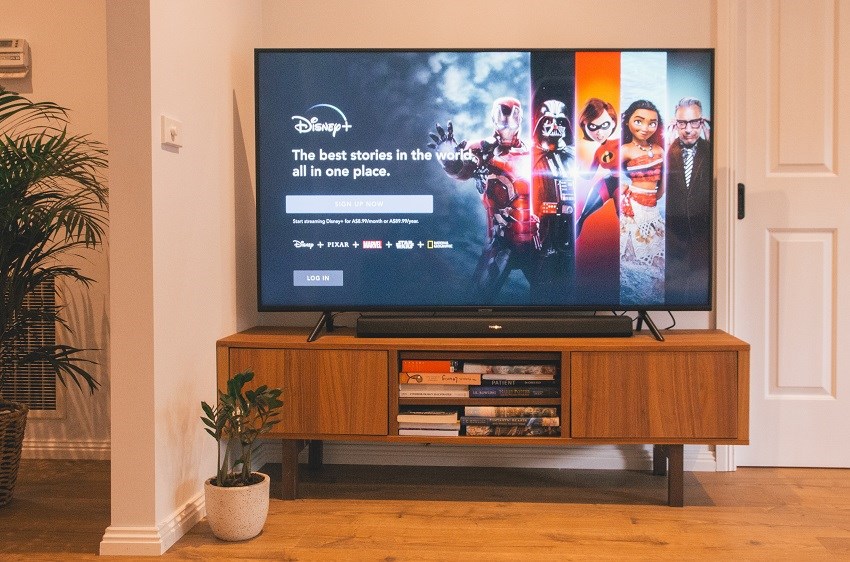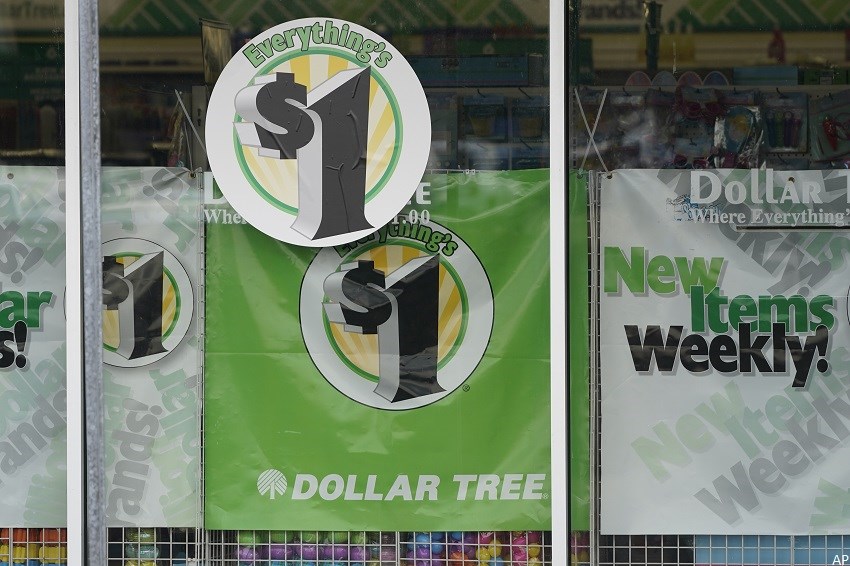
The market was rocked by the devasting blow of subscriber loss for streaming giant Netflix followed closely by the news of CNN+ shuttering its operations barely a month after launching.
The tide appears to be turning for over-the-top (OTT) service providers who have enjoyed a windfall of revenue and profits as millions of captive consumers turned to streaming as a distraction from COVID-19 lockdowns. Now with the brunt of the pandemic behind us and economies rebounding worldwide, the pandemic bump may be fading - returning valuations to more attractive levels.
Coupled with a broader market selloff triggered by geopolitical events and inflation worries, stocks of streaming companies have fallen fast and far off their peaks. This has created a rare disconnect between the market price of leading streaming stocks and their fair values. Investors may want to look at the following names that have gained control of the lion’s share of the streaming market between them.
Entertainment giant Walt Disney (DIS) owns the rights to Mickey Mouse and Luke Skywalker, the most globally recognized characters that are also featured in several Disney theme parks around the world. Disney makes live-action and animated films under Pixar, Marvel, and Lucasfilm studios and also operates media networks including ESPN and several TV production studios. The new segment includes OTT offerings ESPN+ and the Disney+ SVOD service, which now boasts 130 million subscribers.
Disney is successfully transforming its business to align it better with the evolution of the digital content landscape and consumer trends. “The firm’s direct-to-consumer efforts, Disney+, Hotstar, Hulu, and ESPN+ are taking over as the drivers of long-term growth as the firm transitions to a streaming future,” says a Morningstar equity report.
The firm’s streaming effort will benefit from the new content being created at Disney and Fox television and film studios as well as the deep content libraries at the studios.
“We expect that Disney+ will continue to leverage this content to create a large, valuable subscriber base,” argues Morningstar equity analyst Neil Macker, who pegs the stock’s fair value at US$170.
Disney’s wide economic moat, or sustainable competitive advantage, stems from its media networks segment and collection of Disney-branded businesses that demonstrate strong pricing power. “The addition of the entertainment assets from 21st Century Fox should help the firm continue to generate excess returns on capital despite operating in the increasingly competitive media marketplace,” says Macker.
Disney’s theme parks and resorts are expected to rebound as travel restrictions are lifted and families start taking vacations again.
Global online retail behemoth Amazon (AMZN), with US$386 billion in sales, is the world’s largest-grossing ecommerce brand. Retail accounted for approximately 80% of its total revenue in 2021. In addition to online shopping, the segment includes its streaming service Amazon Prime Video, which has become a leading name in the streaming market.
Amazon Prime snagged four Academy Awards nominations this year in Best Actress (lead), Best Actor (lead), Best Actor in a Supporting Role, and Best Hair and Makeup categories. The segment has amassed more that 200 million paid subscribers all of whom get access to the company’s streaming content.
“Amazon dominates its served markets, notably for e-commerce and cloud services,” says a Morningstar equity report, adding that the firm benefits from “numerous competitive advantages and has emerged as the clear e-commerce leader given its size and scale, which yield an unmatched selection of low-priced goods for consumers.”
As the secular transition toward online shopping continues unabated, the company has been grinding out market share gains despite its size. “Prime ties Amazon’s e-commerce efforts together and provides a steady stream of high margin recurring revenue from customers who purchase more frequently from Amazon’s properties,” asserts Morningstar equity analyst Dan Romanoff, who puts the stock’s fair value at US$4,100.
A robust e-commerce operation has enabled the company to make investments in non-traditional areas, such as “producing content for its Prime Video subscriptions and building out its own transportation network,” says Romanoff.
Pioneer of the binge-watching trend Netflix (NFLX) offers streaming video on demand service across the globe, except China. The company delivers original and third-party digital video content to a wide range of streaming devices.
Netflix has garnered more than 222 million subscribers globally, most by any streaming service, with the bulk of subscribers in the U.S. and Canada. The streamer recently revealed it had lost as many as 200,000 subscribers, attributing it to shutting down its service in Russia due to the ongoing armed conflict.
Netflix’s stock tumbled over 25% after it released its first-quarter 2022 results. “The firm posted its first streaming subscriber net loss ever in the quarter due in part to closing operations in Russia, but even when accounting for that loss, net adds of 0.5 million came in well short of the low end of guidance of 2.5 million,” says a Morningstar equity report.
The pressure of poor performance prompted co-CEO Reed Hastings to make a large U-turn on advertising, announcing in the earnings interview that the firm was “exploring the introduction of a lower-priced ad-supported tier over the next few years,” the report notes.
However, these plans may not be introduced in the U.S. in the near future. “We think that the lower-priced offering will be first introduced in emerging markets such as India, where Netflix has been trounced by Amazon and Disney,” says Macker who recently lowered the stock’s fair value to US$280 from US$305, prompted by “much lower subscriber growth in 2022 and slower margin expansion.”






















